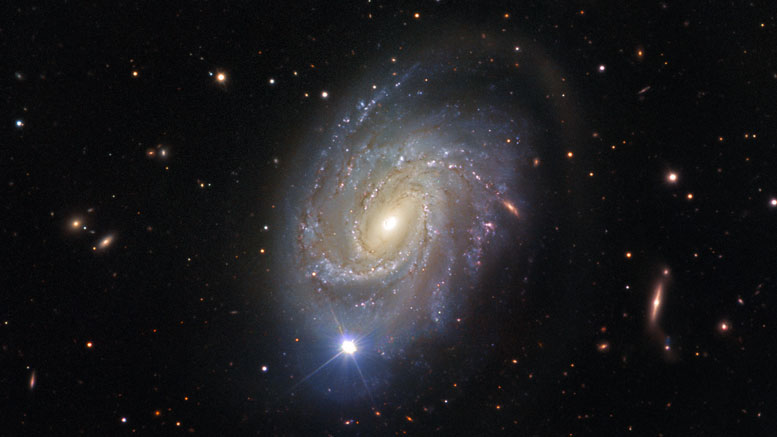
NGC 4981 is over 75 million light-years away in the constellation of Virgo (The Virgin). Credit: ESO Acknowledgment: Flickr user Josh Barrington
This newly released ESO image shows spiral galaxy NGC 4981.
Over 75 million light-years away in the constellation of Virgo (The Virgin) lies NGC 4981 — a spiral galaxy with a rather explosive past.
NGC 4981 was discovered on 17 April 1784 by William Herschel, and subsequently documented in John Dreyer’s New General Catalog. Over a century later, on 23 April 1968, the galaxy once again made it into the records when a Type la supernova — a stellar explosion in a binary star system — occurred within its confines: SN 1968I. SN 1968I, however, was not to be the galaxy’s only supernova. Decades later, the core collapse of a massive star led to supernova SN 2007c.
This spectacular shot of NGC 4981 — not showing any of the supernovae explosions; the bright star visible in the image is a foreground star — was captured by FORS, the visible and near-UV FOcal Reducer and low dispersion Spectrograph for ESO’s Very Large Telescope (VLT). FORS is the Swiss Army knife of ESO’s instruments — it is able to study many different astronomical objects in many different ways, and is responsible for some of the most iconic photos ever captured with the VLT.
The data to create this image was selected from the ESO archive by Josh Barrington as part of the Hidden Treasures competition.


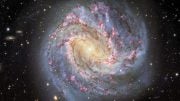
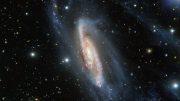
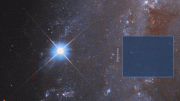
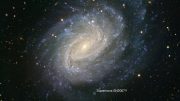

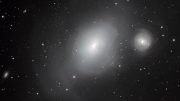
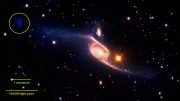
Be the first to comment on "When Stars Explode – Spiral Galaxy NGC 4981"